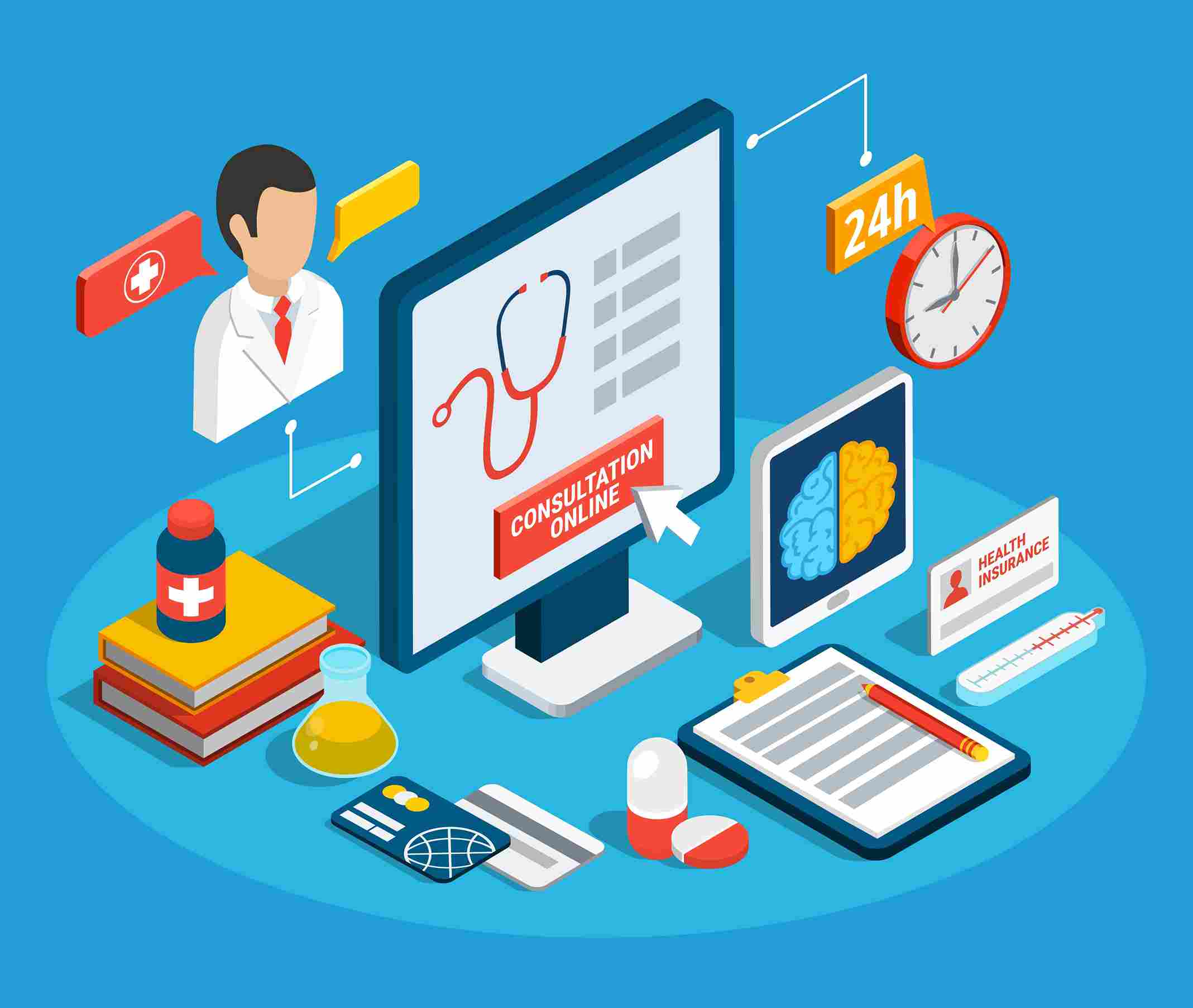Hospital Management Software (HMS) has become the backbone of modern healthcare operations, streamlining everything from patient records and billing to lab integration and telemedicine. As digital transformation accelerates post-pandemic, choosing the right HMS architecture—cloud-based or on-premise—is more critical than ever for operational efficiency, compliance, and patient care.

Understanding the Two Models
Cloud-Based HMS
A cloud-based Hospital Management System is hosted on secure third-party servers and accessed via the internet. These platforms offer comprehensive modules for outpatient and inpatient management, pharmacy, labs, billing, and more—all without requiring hospitals to invest in expensive physical infrastructure. Cloud HMS benefits include real-time access, automatic updates, and the ability to scale as your institution grows.
On-Premise HMS
On-premise HMS is installed and maintained on your hospital’s internal servers, managed by your IT team. These legacy systems often offer deep customization and data control but require significant upfront investment in hardware, software, and ongoing maintenance. They are typically favored by large institutions with robust IT departments and strict regulatory requirements.
In-Depth Comparison: Cloud-Based vs On-Premise HMS
Data Control & Security
- On-Premise: You maintain full control over your data, which can be essential for institutions with strict internal policies or unique compliance needs. However, this also means you are responsible for ensuring data security, regular backups, and compliance with standards like HIPAA and ISO 27001. Misconfigured servers or outdated security protocols can expose you to breaches.
- Cloud-Based: Reputable providers invest heavily in security, offering built-in compliance certifications (e.g., HIPAA, ISO 27001) and advanced encryption. Data is often more secure in the cloud due to dedicated security teams and regular audits. However, some organizations worry about data residency and third-party access, though these risks are often mitigated by strong contractual agreements and monitoring.
Key Takeaway: Cloud providers often deliver higher baseline security and compliance, but on-premise offers maximum data control for those with specialized needs.

Cost of Ownership & Scalability
- On-Premise: Requires significant capital expenditure (CapEx) for servers, software licenses, and IT staff. Hidden costs include ongoing maintenance, hardware upgrades, and manual software updates. Scaling up means purchasing and configuring more hardware, which is costly and time-consuming.
- Cloud-Based: Operates on a subscription (OpEx) model with predictable monthly or annual fees. No need for in-house servers or large IT teams. Scaling is as simple as upgrading your plan, making it ideal for growing or multi-site organizations.
Key Takeaway: Cloud HMS offers lower upfront costs and effortless scalability, while on-premise may result in higher total cost of ownership, especially as your needs grow.
Downtime & Disaster Recovery
- On-Premise: Vulnerable to local outages (e.g., power failures, hardware breakdowns). Disaster recovery depends on your internal backup policies and infrastructure, which can be expensive to implement and maintain. Emergency data retrieval may be slow if backups are not well managed.
- Cloud-Based: Built-in redundancy and geographically distributed data centers ensure high system uptime in hospitals. Disaster recovery is often automated, with rapid failover and data restoration capabilities, minimizing downtime during emergencies.
Key Takeaway: Cloud-based HMS typically offers superior uptime and faster disaster recovery, critical for uninterrupted patient care.
Implementation Speed & IT Dependency
- Cloud-Based: Deployment can be completed in days or weeks. Updates and security patches are managed by the provider, reducing the burden on your IT staff. Ideal for organizations with limited technical resources or urgent timelines.
- On-Premise: Implementation is complex, often taking months due to hardware setup, software installation, and integration. Requires a skilled IT team for ongoing support and troubleshooting.
Key Takeaway: Cloud HMS enables rapid rollout and minimizes IT dependency, while on-premise demands significant internal resources.

Customization & Integration with Existing Systems
- On-Premise: Offers deep customization and the ability to tightly integrate with legacy lab, radiology, or billing systems. Suitable for hospitals with unique workflows or regulatory requirements.
- Cloud-Based: Modern cloud platforms support integration via APIs and plug-and-play modules, though some highly specialized customizations may be limited. However, interoperability is improving rapidly as cloud vendors focus on healthcare IT infrastructure standards.
Key Takeaway: On-premise allows for maximum customization, but cloud HMS increasingly supports robust integration with existing healthcare systems.
Use Case Scenarios
1. Small Rural Clinic with Limited IT Resources
A rural clinic without a dedicated IT team and limited budget is best served by a cloud-based HMS. The system’s accessibility from any device, automatic updates, and lower upfront costs make it easy to deploy and maintain. Staff can access patient records and manage appointments remotely, supporting flexible workflows and improving patient care.
2. Large Urban Hospital with Strict Compliance Needs
A major hospital with an established IT department and stringent data residency or compliance requirements may prefer an on-premise HMS. This model allows for deep customization, integration with legacy systems, and direct control over sensitive data. However, it comes with higher costs and greater IT complexity.
3. Growing Multi-Site Healthcare Network
A healthcare network expanding across multiple locations benefits from a cloud HMS. Centralized data, real-time analytics, and seamless scaling enable consistent service quality and operational efficiency across all sites.

Future-Proofing Your Investment
Digital transformation in healthcare is accelerating, with emerging technologies like AI diagnostics, predictive analytics, and telemedicine becoming standard. Cloud-based HMS platforms are inherently future-ready, offering easy integration with new tools and modules as they emerge. This flexibility supports ongoing innovation and ensures your hospital management software comparison remains favorable as technology evolves.
On-premise systems can be future-proofed, but require significant investment and IT expertise to integrate new features or comply with evolving standards.
Which is Right for You?
Choose Cloud-Based HMS if:
- You seek rapid deployment, lower upfront costs, and minimal IT dependency.
- Your organization values remote access, scalability, and automatic updates.
- You want a future-ready hospital system that easily integrates with new technologies.
Choose On-Premise HMS if:
- You require maximum data control and deep customization.
- Your hospital has robust IT infrastructure and strict compliance needs.
- You need tight integration with legacy healthcare IT infrastructure.
Audit your institution’s size, budget, IT maturity, and compliance requirements before making a decision. The right HMS architecture will align with your operational goals and support your digital transformation journey.
Consult with our expert team to evaluate the best-fit HMS architecture for your healthcare organization.

